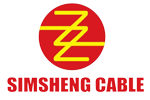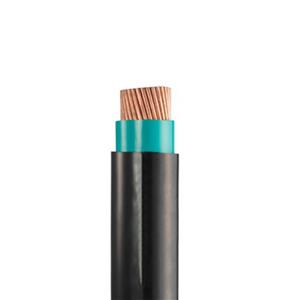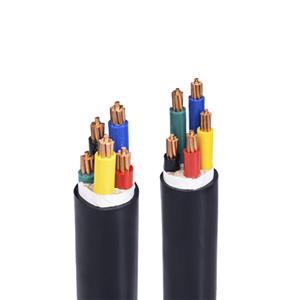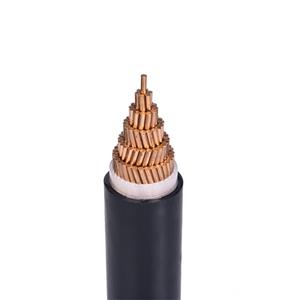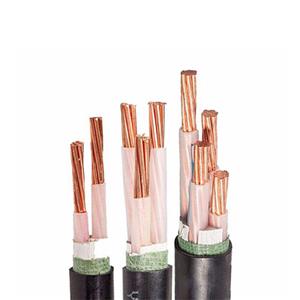Introduction to solar cables
Solar cable is a cable specially designed for solar power generation systems. Although it looks ordinary, it plays an indispensable role in solar power generation systems. It is like an "energy channel", one end of which is connected to the solar panel and the other end is connected to the inverter and other equipment. It is responsible for transmitting the direct current generated by the solar panel to various devices stably and efficiently, and finally realizes the conversion of solar energy into the alternating current used in our daily life.
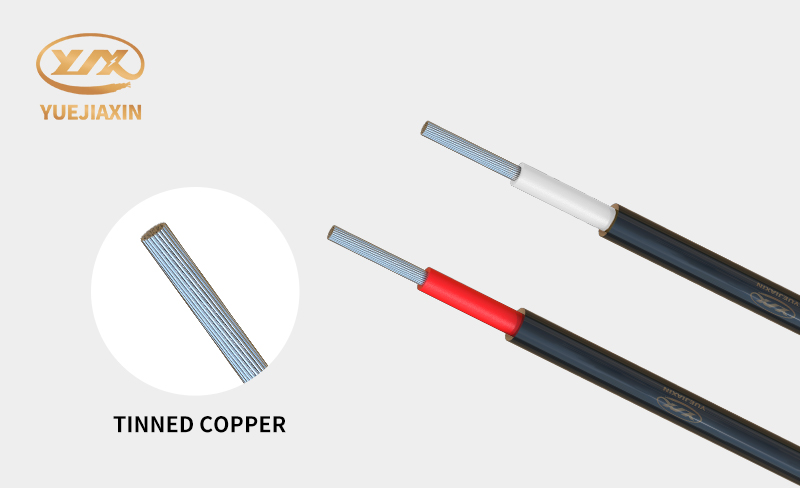
Although the solar cable looks ordinary, its internal structure is very complicated, just like a carefully constructed small universe, with various parts working closely together to ensure the stable transmission of electric energy. The innermost core part is the conductor, which is usually composed of high-purity tinned copper wire. Copper, as an excellent conductive material, has excellent conductivity, which greatly reduces the energy loss caused by resistance. The tinning process is like putting a solid "protective armor" on the copper wire, which not only enhances its antioxidant ability, but also improves its corrosion resistance, ensuring that the conductor can work stably for a long time even in harsh environments. The conductor is wrapped with an insulating layer, which is the key line of defense to ensure safety. The insulating layer is generally made of irradiated cross-linked polyolefin material, which has super insulation performance, can effectively prevent current leakage, avoid electric shock accidents, and ensure the personal safety of users and the normal operation of equipment. The outermost sheath is also made of irradiated cross-linked polyolefin material to provide all-round protection for the entire cable. The sheath has good mechanical properties and can withstand certain pressure, bending and stretching. During installation and use, it is not easy to break even under external forces.
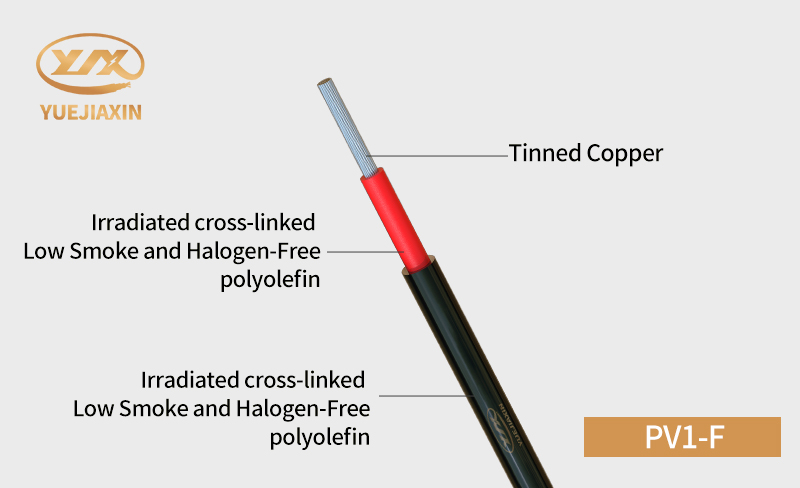
In terms of high temperature resistance, solar cables also have strict requirements. Under the irradiation of sunlight, the temperature of the surface of solar panels will rise sharply, and the solar cables connected to them will also be tested by high temperatures. If the high temperature resistance of solar cable is not good, it may lead to a decrease in insulation performance and even cause safety accidents such as fires. Therefore, solar cables can generally work normally at higher temperatures to ensure the safe and stable operation of solar power generation systems. Tensile resistance is also one of the important performance indicators of photovoltaic lines. During installation and use, photovoltaic lines may be pulled by various external forces. If the tensile resistance of solar cables is insufficient, they can be easily broken, resulting in circuit interruption and affecting the normal operation of solar power generation systems. Therefore, solar cables usually have high tensile strength and can withstand a certain amount of tension to ensure the integrity of the line. In addition, flame retardancy is also an indispensable performance of solar cables. In a solar power generation system, once a fire occurs, the consequences are disastrous. Therefore, solar cables must have good flame retardant properties. When encountering a fire source, they can quickly stop the spread of the fire, buy time for personnel evacuation and fire fighting and rescue, and reduce the losses caused by the fire.
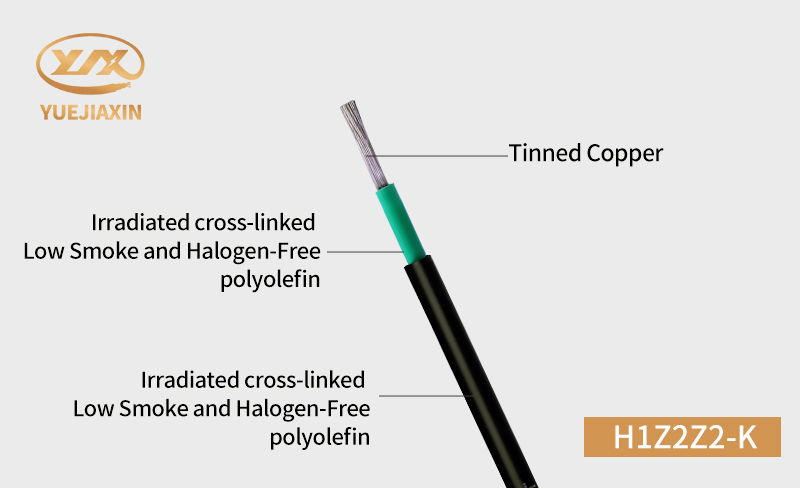
Solar cable, the "hero behind the scenes" who silently dedicates himself to the solar power generation system, has become an indispensable key component in the new energy era with its excellent performance and important role. It is not only a bridge connecting solar panels and other equipment, but also an important guarantee for the efficient use of clean energy. In the future, with the continuous innovation of technology and the continuous development of the market, solar cable will usher in a broader development space. It will play a more important role in the vigorous development of the global solar energy industry, and contribute its own strength to achieving the "dual carbon" goal and promoting the green energy revolution.
